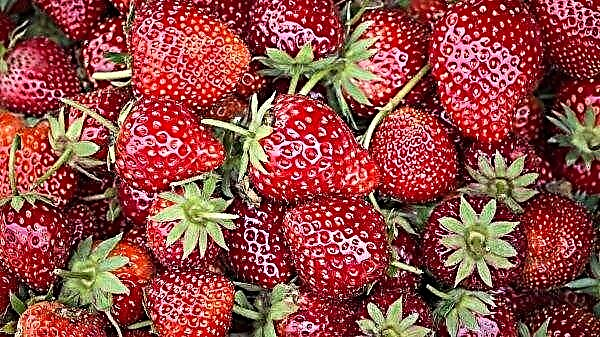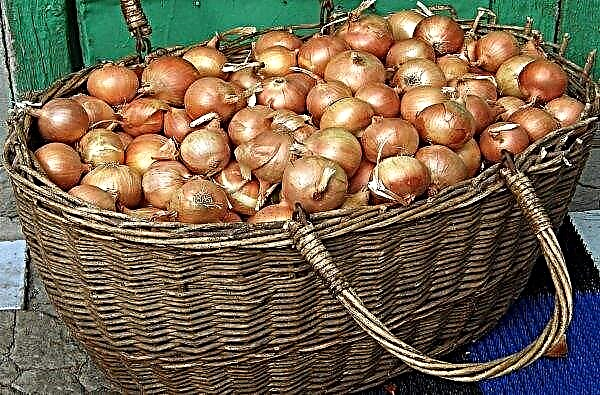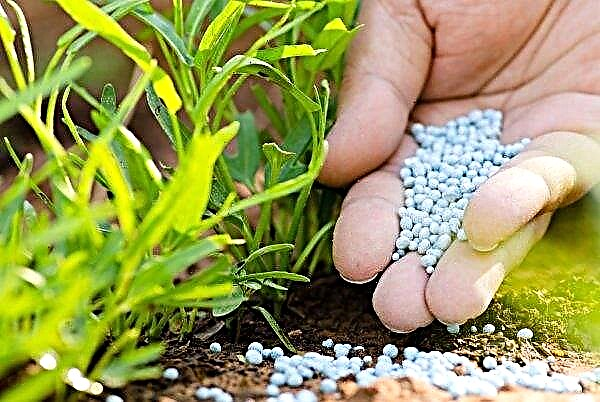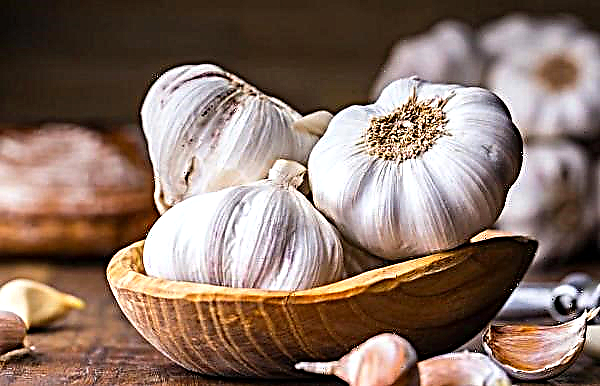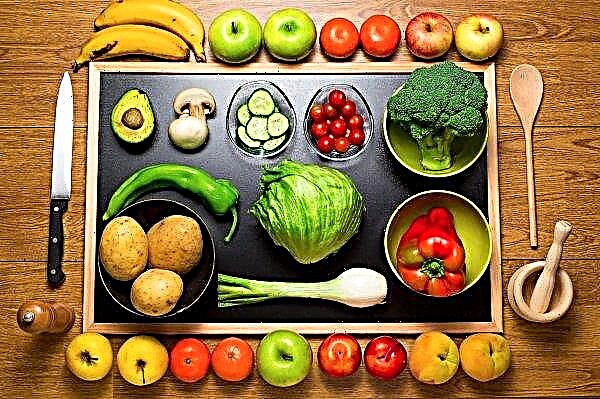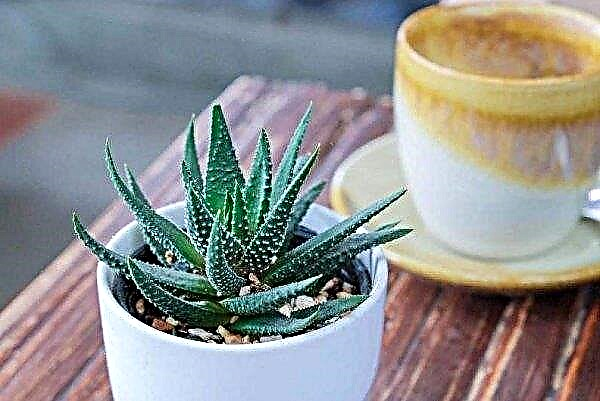Today, fresh tomatoes are sold in stores all year round. However, any housewife knows that in the winter such a product, at a rather high price, neither in terms of aroma nor taste characteristics, can be compared with seasonal vegetables. That is why many people wonder whether it is possible to grow tomatoes directly in the apartment, on the windowsill, and whether such “indoor” vegetables will be tasty enough to compete with their store counterpart. The answer to this question and all the necessary instructions for implementing an unusual undertaking can be found in our review.
What varieties of tomatoes can be grown at home
In the world there are a huge variety of varieties and hybrids of tomatoes: they differ from each other by different criteria, including recommended growing conditions. Some tomatoes are focused on planting in open ground, others give the best harvests in greenhouses.
Recently, varieties specially oriented for planting in apartments have also begun to appear as a kind of houseplant. In their names, the words “balcony”, “potty”, etc. usually appear. However, a novice gardener needs to understand that any classification is very conditional.

When choosing a variety or hybrid for growing a house on a window, it is important to focus on its characteristics such as:
- small fruity (large fruits in a limited volume of the pot, the root system of the bush simply can not feed);
- resistance to fungal infections;
- shade tolerance;
- precocity
- high productivity.
Usually, for growing in pots, it is recommended to use low-growing tomatoes (with a determinant type of bush), but other options are possible. There are liana (curly), as well as creeping varieties of tomatoes, they are also quite suitable for home planting.

For example, on the windowsill you can grow the following varieties of tomatoes:
- "Balcony miracle red";
- "The balcony miracle is yellow";
- "White filling";
- Bonsai
- Cow's Ear;
- "Potted Red";
- "Potted yellow";
- "Oak";
- "Thumbelina";
- "The pearl is red";
- "The pearl is yellow";
- Craiova
- "Little Red Riding Hood";
- "Leopold";
- "Pygmy";
- Pinocchio
- Pinocchio Orange
- "Renet";
- "Pink angel";
- "Pink honey";
- "Ruby red";
- "Garden Pearl";
- "Titmouse";
- "Northern baby";
- “The Snowflake”;
- "Yamal 200."

If we talk about hybrids, then among them it is worth paying attention to the following options:
- Balcony Red;
- "Balcony Elow";
- "Bonsai micro";
- "Bead";
- "Greenfinch";
- "Ira" (cherry);
- "Lisa" (cherry);
- "Lycopa" (cherry);
- Maksik (cherry);
- Minibel;
- "Date fruit"

Features of growing tomatoes at home
Regardless of whether the tomatoes will be planted in open ground, in the greenhouse or will remain to grow on the windowsill, it is better to grow them with seedlings.
The technology for growing tomato seedlings is generally standard; the distinctive features for plants intended for indoor cultivation are insignificant.Did you know? Tomatoes can be propagated not only by seeds, but also by a vegetative method, through rooting of cuttings. This method does not have wide practical application in traditional agriculture, but for those who want to grow a crop at home can be very useful. Thus, it is possible to “transfer” an already sprouted bush, or rather, a fragment of it, directly from the garden to the apartment, saving time and effort on caring for seedlings.
Landing time
If usually tomato seedlings begin to grow from early March to early April (depending on the climatic zone), then this rule is not suitable for "home" tomatoes. Since you want to take off the fruits of such a plant when there are no seasonal vegetables on the shelves, that is, ideally, on New Year's Eve, you should think about the future harvest in September. Moreover, it is not worth delaying sowing, since the photophilous nightshade culture makes very high demands on the duration of daylight hours, and the shorter it is, the harder it will form.

Optimal conditions for growing
Tomatoes as a whole cannot be called a capricious plant, however, in order for it to bear fruit, at least three parameters must be within a well-defined range - temperature, humidity and lighting.
Air and soil temperature
The temperature regime is perhaps the simplest condition that can be created for tomatoes in a city apartment.
Of course, it is usually not so hot in a heated living room, but this parameter will not go beyond the permissible limits. So, tomato growth stops when the thermometer readings fall below +10 ° C, and pollination decreases if the air warms up to more than +30 ° C. As for soil temperature, here the lower critical indicator is +13 ° С, the upper one is +25 ° С.
Important! The ideal temperature range for tomato growth is + 20–22 ° С, and during fruiting the plant develops best at a temperature of + 26–28 ° С.
Thus, if you don’t take out the tomatoes in the winter on an unheated balcony, the plant has every chance of maintaining viability, although it will still be missed for absolute comfort.
Humidity
Tomatoes need soil moistened to 80–85%, and air with a relative humidity not exceeding 65%: at 70% and higher, the likelihood of developing fungal diseases in tomatoes increases, in addition, their pollen becomes heavy, loses volatility, and therefore decreases probability of fruit setting.
Despite the fact that in a city apartment, dry air rather than excessively wet threatens the tomato, you should not spray the plants on top of the leaves - it is better to put a container with water or moistened expanded clay, sand or other water-absorbing material in the immediate vicinity of the pot. Also, if possible, do not place containers with plants in close proximity to the heater.

Lighting
Lighting is the biggest problem that a person may want to grow tomatoes in an apartment. The fact is that tomatoes cannot bear fruit with a short daylight. Modern technologies for growing seedlings of this culture involve round-the-clock coverage of seedlings for the first three days, after which the backlighting mode is reduced to 18 hours a day. Approximately the same indicators should be observed at the time of fruit setting and especially their ripening.
With insufficient lighting, the tomato bushes are pulled out, the plant begins to hurt, and out of three flowers a maximum of one can be pollinated.
Did you know? Scientists from the Wageningen Research Center (Netherlands) conducted an experiment in 2005: 4 groups of tomatoes of the same variety were grown under different lighting conditions - the plants received 12, 15 and 18 hours of light per day, and in the latter case, exposure was carried out with varying degrees of intensity. The results of the experiment showed that the yield of tomatoes is directly proportional to the amount of light received by the plant.
Soil preparation and seed harvesting
Tomatoes grow well in loose, light, soil enriched with organic matter with a neutral reaction (pH level in the range of 6.5–7). A suitable substrate can be selected in a horticultural or flower shop or prepared independently by mixing in equal proportions leafy soil, peat and humus (you can use compost). If the earth was originally clay, it can be alleviated by adding sand, perlite or vermiculite. For disinfection and enrichment with the necessary potassium tomatoes, it is useful to add a little wood ash to the mixture (it is better to use the ash of young deciduous trees).

Before use, a self-prepared substrate must be decontaminated. To do this, it is good enough to pour it with a weak solution of potassium permanganate, but you can also warm it up for several hours in an oven, heated to +70 ° C. In addition, you can expose the soil to frost no lower than –10 ° С, leave it there overnight, then bring it into heat for several days and then freeze it again overnight (the bacteria and fungal spores that awaken after heat will be finally destroyed).
Tomato seeds also need to be preplanted. The exception is expensive European hybrids, which went through all the selection and hardening events at the pre-sale preparation stage.
Self-harvested or purchased tomato seeds should first be sorted. To do this, the contents of the bag are poured into a glass of warm water in which a tablespoon of salt is previously dissolved. After ten minutes, all the seeds that remained to float on the surface are removed, and in future work only specimens that have sunk to the bottom are used.The next step is disinfection. For these purposes, a weak solution of potassium permanganate is best suited, but aloe juice, a two percent solution of hydrogen peroxide, or other disinfectants can be used. In them, the seeds are steeped for 60 minutes.

Finally, the selected and “pickled” material needs to be nourished in order to accelerate the process of germination and rooting. Growth stimulators in assortment are sold in specialized stores - for example, you can use drugs such as Ovaryaz, Bud, Energen, Zircon, Heteroauxin, Vympel, Kornevin, etc. Prepared seeds are placed into a solution of any of the listed funds and remain warm overnight. To consolidate the success, you can put seeds between two layers of fabric soaked in a rooting agent, wrap the resulting bundle with polyethylene and place in a warm place for two to three days.
Important! Hardening, which is recommended to be carried out before sowing the usual seedlings, indoor tomatoes can not do.
Sowing and seed care
Sowing tomatoes is initially carried out in small containers - shallow boxes, boxes or special cassettes for seedlings.
When sowing, you can use the following instructions:
- Fill the container with prepared substrate by 2/3.
- Water abundantly.
- Put the seeds on the surface. When using cassettes, one seed is placed in each cell, in the boxes the tab is placed in rows - so that the distance between adjacent seeds is not less than 3 cm.
- The seeds are sprinkled on top with a 1 cm thick layer of moistened substrate.
- Watering the soil should not be done so as not to deepen the seeds - just lightly spray it with water from the spray gun.
- Cover the container with foil and put in a sunny warm place for germination.
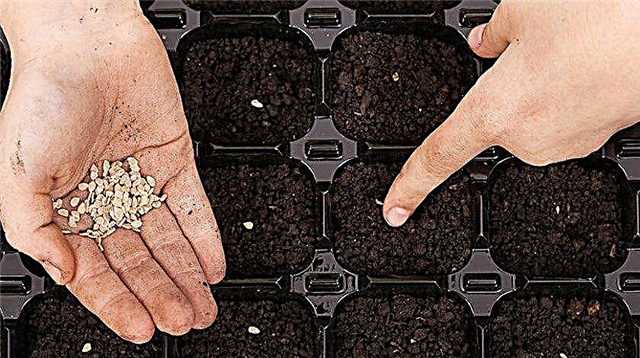
After the bushes get a little stronger (they will form 3-4 real leaflets depending on the originally selected capacity and density of seedlings), they are transplanted into pots for constant growth. The volume of this container is one of the most important conditions for growing indoor tomatoes.
The selection rules are given in the table:
| Kind of tomato | Pot volume in liters |
| Dwarf | 2 |
| Medium | 4 |
| Curly and creeping (ampelous) | 5 |
In order not to damage the weak root system of the plant, it is better to move to a permanent pot by the method of transshipment (without destroying the earthen lump). When planting seeds in seedling cassettes, this procedure is very easy to carry out. If the seedlings grow in a common box, you can use a teaspoon, grabbing it with a lump of soil and trying not to hook the roots of neighboring bushes.
How to care for tomatoes
The main care for tomatoes at home is to create for the plant those conditions (temperature, humidity, lighting), to which it is especially demanding. All other activities are auxiliary and can only slightly improve the final result.

Fertilizers and watering
Since it is necessary to water “indoor” tomatoes with tap water, chlorine is used for cleaning, the liquid must be prepared in advance - for this the water settles for several hours. In addition, it needs to be warmed up a bit before use. Tomatoes react very poorly to hard water, so if there is such an opportunity, it is worth stocking up with bottled or at least rain or melt water for irrigation.
Watering the bushes should be as the top layer of the soil dries up. The frequency of the procedure depends on the humidity, it can be every two to three days or less. You should try to pour water along the edges of the pot, avoiding getting it on the stem. Firstly, the risk of root damage is minimized in this way, and secondly, the development of fungal infections is prevented.
Important! The so-called lower watering (in the container in which the pot is located) is not very useful for indoor plants. This method leads to leaching of nutrients from the upper layers of the soil and its depletion.
As for fertilizer application, it is very important not to overdo it. If the soil was originally chosen correctly, the tomato will have enough necessary nutrients for normal growth and fruiting. About two weeks after planting, a standard portion of complex mineral fertilizer can be added to the pot, and then the procedure can be repeated at the stage of fruit formation, but in this case, focus on elements such as phosphorus, potassium, magnesium and calcium, limiting the content of nitrogen in the preparation, which enhances the growth of green parts of the bush to the detriment of fruiting.

How to pollinate tomatoes
A tomato has no male or female flowers: the plant pollinates itself. In order for this to happen, pollen from ripened and bursted anthers must fall on the stigma of the pestle. However, if for some reason this did not happen, the pistil begins to stretch in length, thereby increasing the likelihood of pollen from neighboring flowers.
In an open garden, such a trick really solves the pollination problem - this is facilitated by the wind and insects flying from flower to flower. But in a room where the air is still and natural “pollinators” are absent, the flowers of tomatoes very often fall off without pollinating. For this reason, when growing tomatoes in an apartment or a greenhouse, you need to worry about artificial pollination.
For artificial pollination, several techniques are used. One of them is to create artificial wind or vibration. For example, some blow plants with a fan or a hairdryer (in the latter case, the device needs to have a cold blow mode). Others simply gently shake the bush so that the pollen from each flower scatters to the maximum distance.Important! It is easy to recognize the dusty flower by the petals turned back.
You can also act on the principle of "bees": armed with a thin and soft brush, walk through each flower, transferring pollen from one to another. However, this method requires great accuracy, since any careless movement can damage the stigma, and the flower will die.

Shrub formation and pinching
Not all indoor tomatoes need formation. In particular, dwarf varieties do not require this procedure. For all other varieties, it is important to remove all unnecessary shoots (stepsons) in time, forming a plant in one or two trunks, depending on the variety.
The stepsons are plucked as they appear. In addition, if the plant begins to stretch upward or is clearly unable to hold fruit brushes, it is necessary to build a support for it and attach the falling branches to it.
Many gardeners also recommend removing most of the leaves from the bush as the fruit sets, so that the plant focuses all its forces on the ripening of the crop, and not on the set of green mass. In addition, the leaves can obscure the ripening tomatoes from the light, the amount of which in apartments is already limited.Important! When the first fruit brush is formed on the bush, its top must be gently pinched off. This trick will provide faster ripening of the fruit.
Disease and Pest Prevention
One of the main advantages of home-made tomatoes over purchased ones is the confidence that they are grown without the help of pesticides and other chemicals. Therefore, the best way to prevent indoor tomato diseases is to create optimal conditions for the plants, as well as to pre-disinfect the soil and seeds before planting.

Despite the fact that insect pests and other pathogens in a closed ground seem to appear from nowhere, in practice, infection can still occur. The pathogen can remain in the soil or seeds, get caught in the wind from an open window, in addition, other indoor plants and even the inhabitants of the house, bringing pathogenic microflora to clothes, often become a source of infection.
A healthy immunity, which provides tomatoes with the correct agrotechnics of their cultivation, should help the plant cope with the problem on its own. However, the infected plant in any case should be isolated as quickly as possible from other bushes.
As a treatment, you can try to use modern biological products that are not toxic, can be sprayed indoors and do not interfere with the use of the crop. Examples of such drugs are Fitosporin, Guapsin, Verticilin, Boverin, Bitoxibacillin and others. If recovery has not occurred, the plant should be disposed of; you cannot also use the soil in which it grew.Video: How to grow tomatoes on your windowsill
Growing tomatoes on a windowsill is a simple procedure. The biggest problem that may arise in this case is the lack of lighting, because it is to him that the described culture is especially demanding. All other conditions necessary for the normal development and fruiting of tomatoes in a living room are quite possible to create, so the desire to decorate the New Year's table with fresh "home" tomatoes is feasible.


